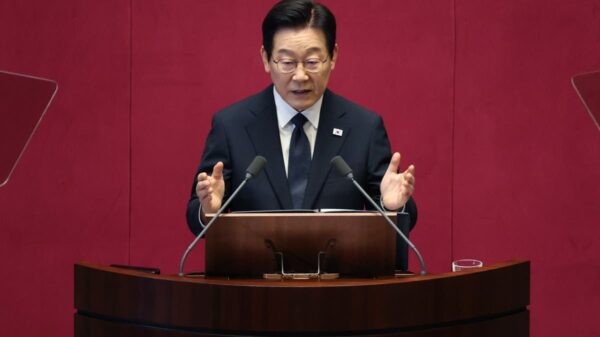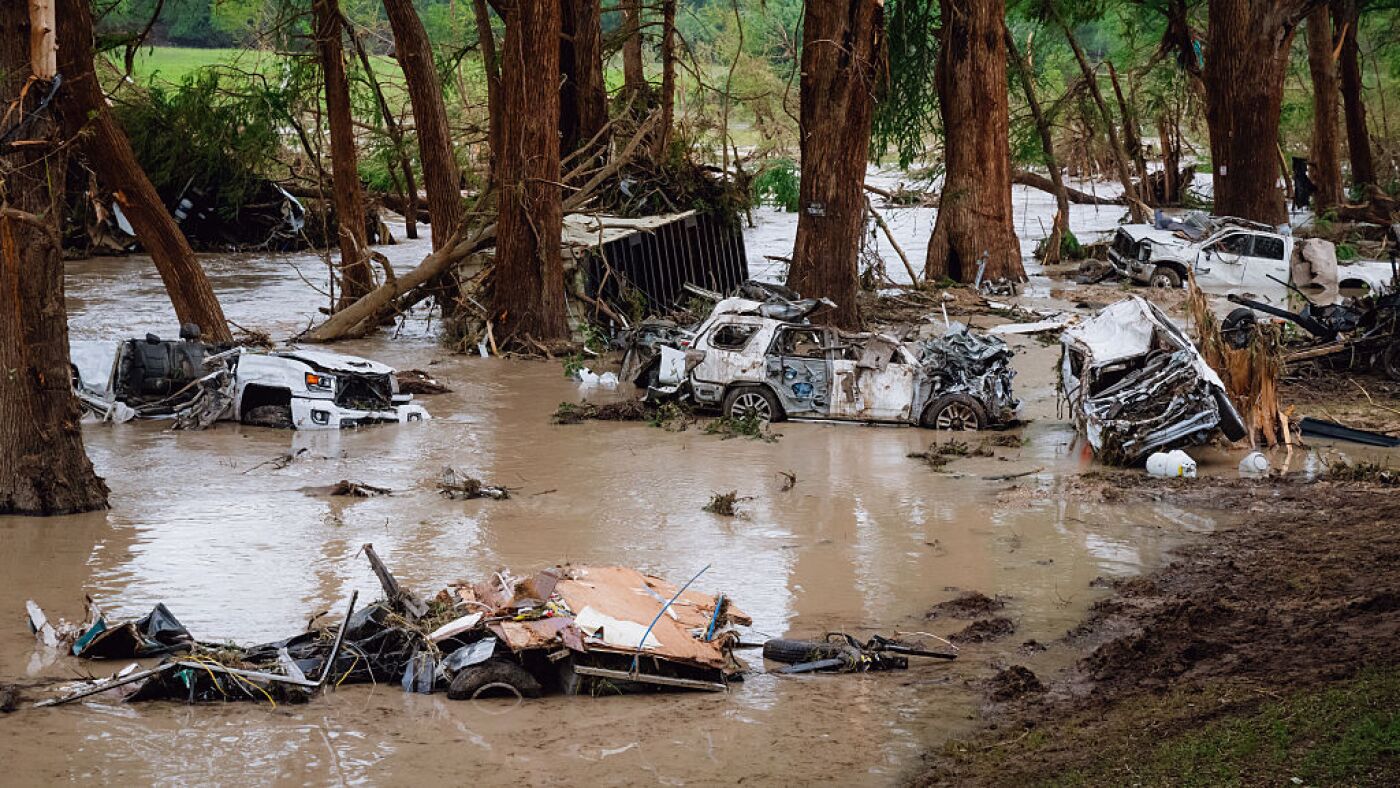In Kerr County, Texas, the looming threat of flash flooding has been a persistent concern for local officials. Years before devastating floods claimed over 90 lives, the county began planning a flood warning system to alert residents of imminent danger. However, like many communities across the United States, Kerr County faced significant challenges in securing the necessary funding.
The county initially turned to the Federal Emergency Management Agency (FEMA) for financial assistance, a common recourse for localities needing disaster preparedness funds. Over the past five years, FEMA has distributed billions to help communities build infrastructure that can mitigate the impact of natural disasters. However, Kerr County’s application for funding was rejected by Texas officials, who manage the federal funds. The rejection was not an isolated incident; demand for FEMA’s resources often exceeds availability.
Funding Challenges Amid Federal Policy Shifts
The situation for Kerr County and similar communities has become even more precarious under the Trump administration. A shift in federal policy has seen billions of dollars intended for disaster preparedness frozen or canceled. President Trump signed an executive order mandating that states, rather than the federal government, should bear the primary responsibility for funding disaster preparedness.
“I think that’s going to be a big gap to fill,” said Christopher Steubing, executive director of the Texas Floodplain Management Association. “FEMA has a reason to be around and they need to be there.”
In 2016, Kerr County officials observed neighboring counties implementing flood warning systems following a tragic flood in Wimberley County that resulted in 13 deaths. Recognizing their own vulnerability, Kerr County proposed a flood warning system, but the cost, just under $1 million, proved prohibitive without federal aid.
State-Level Funding and Local Constraints
After being turned down for federal funds, Kerr County explored state-level options. The Texas Flood Infrastructure Fund, established in 2019, offered some hope. However, the fund required local communities to cover a substantial portion of the project costs. For Kerr County, this meant shouldering 95% of the expenses, a financial burden they could not bear.
Former Commissioner Tom Moser expressed frustration over the inability to secure funding, stating, “Not having the funds to accomplish it was not very satisfying to me but we tried.”
In Texas, more than $54 billion in flood projects remain unfunded, with state legislators allocating only a fraction of the necessary resources.
National Implications and Future Prospects
Kerr County’s struggle is emblematic of a broader national issue. Many communities lack the financial means to undertake large-scale flood control projects, which do not generate revenue like water supply projects. Raising local taxes to fund these projects is often politically challenging, especially in Texas, where tax increases are rare.
The Trump administration’s cancellation of the $4.6 billion Building Resilient Infrastructure and Communities (BRIC) program has further exacerbated the situation. This program, along with the frozen Flood Mitigation Assistance program, represented a significant shift in FEMA’s approach, emphasizing pre-disaster resilience over post-disaster recovery.
Despite the challenges, there is a push for more efficient FEMA programs. Steubing noted that applying for grants can be challenging for smaller communities, requiring multiple attempts to secure funding. “There’s always a bigger demand out there than they ever put funding available,” he said.
Adapting to a Changing Climate
Even if Texas were to complete all necessary flood projects, experts warn that they may not fully protect residents due to climate change. Increased rainfall intensity in Texas has already rendered some existing projects inadequate. Jim Blackburn, co-director of Rice University’s Severe Storm Prevention, Education and Evacuation from Disasters Center, highlighted the need for adaptive strategies.
“The past used to be reliable for engineers to depend upon to predict the future, but with climate change, you can’t do that,” Blackburn stated.
Blackburn advocates for alternative strategies, such as relocating residents from flood-prone areas and expanding natural wetlands to absorb floodwaters. These measures could provide more sustainable protection in the face of increasingly severe storms.
As Texas Governor Greg Abbott directs state legislators to consider new flood preparedness programs, the experiences of Kerr County underscore the urgent need for comprehensive solutions that consider both financial constraints and the realities of a changing climate. The path forward will require collaboration between federal, state, and local governments to ensure communities are equipped to face future challenges.




































































